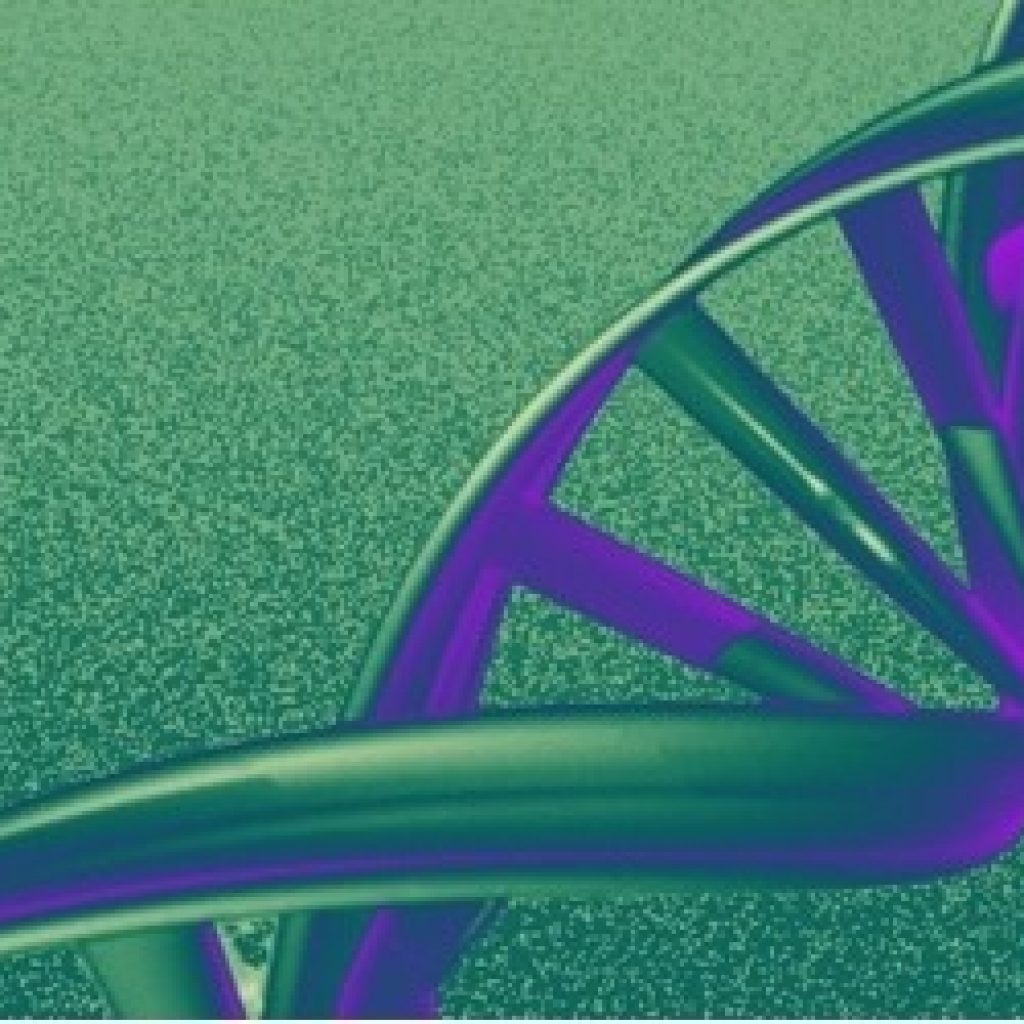(TechnologyReview) Evidence that quantum searches are an ordinary feature of electron behavior may explain the genetic code, one of the greatest puzzles in biology.
Searching databases is a foundational task in computer science, used for everything from finding telephone numbers to breaking cryptographic codes. So any speed-up is a significant advance.
The physicist Lov Grover formulated only the second quantum algorithm that had been proved faster than its classical counterpart. (The first was Peter Shor’s algorithm for factoring numbers, which he discovered in 1994.) Grover’s work was an important factor in preparing the way for the quantum computing revolution that is still ongoing today.
Implementing Grover’s algorithm has taken time because of the significant technical challenges involved. The first quantum computer capable of implementing it appeared in 1998, but the first scalable version didn’t appear until 2017, and even then it worked with only three qubits.
Today Stéphane Guillet and colleagues at the University of Toulon in France say this may be easier than anybody expected. They say they have evidence that Grover’s search algorithm is a naturally occurring phenomenon.
The work has implications for our thinking about the genetic code and the origin of life. Every living creature on Earth uses the same code, in which DNA stores information using four nucleotide bases. The sequences of nucleotides encode information for constructing proteins from an alphabet of 20 amino acids.
an increasing body of evidence has emerged that quantum processes play an important role in a number of biological mechanisms. Photosynthesis, for example, is now thought to be an essentially quantum process.
The work of Guillet and co throws a new perspective on all this. It suggests that Grover’s algorithm is not only possible in certain materials; it seems to be a property of nature.
It may be that life is just an example of Grover’s quantum search at work, and that this algorithm is itself a fundamental property of nature. That’s a Big Idea if ever there was one.
Grover’s Quantum Search May Explain the Genetic Code
